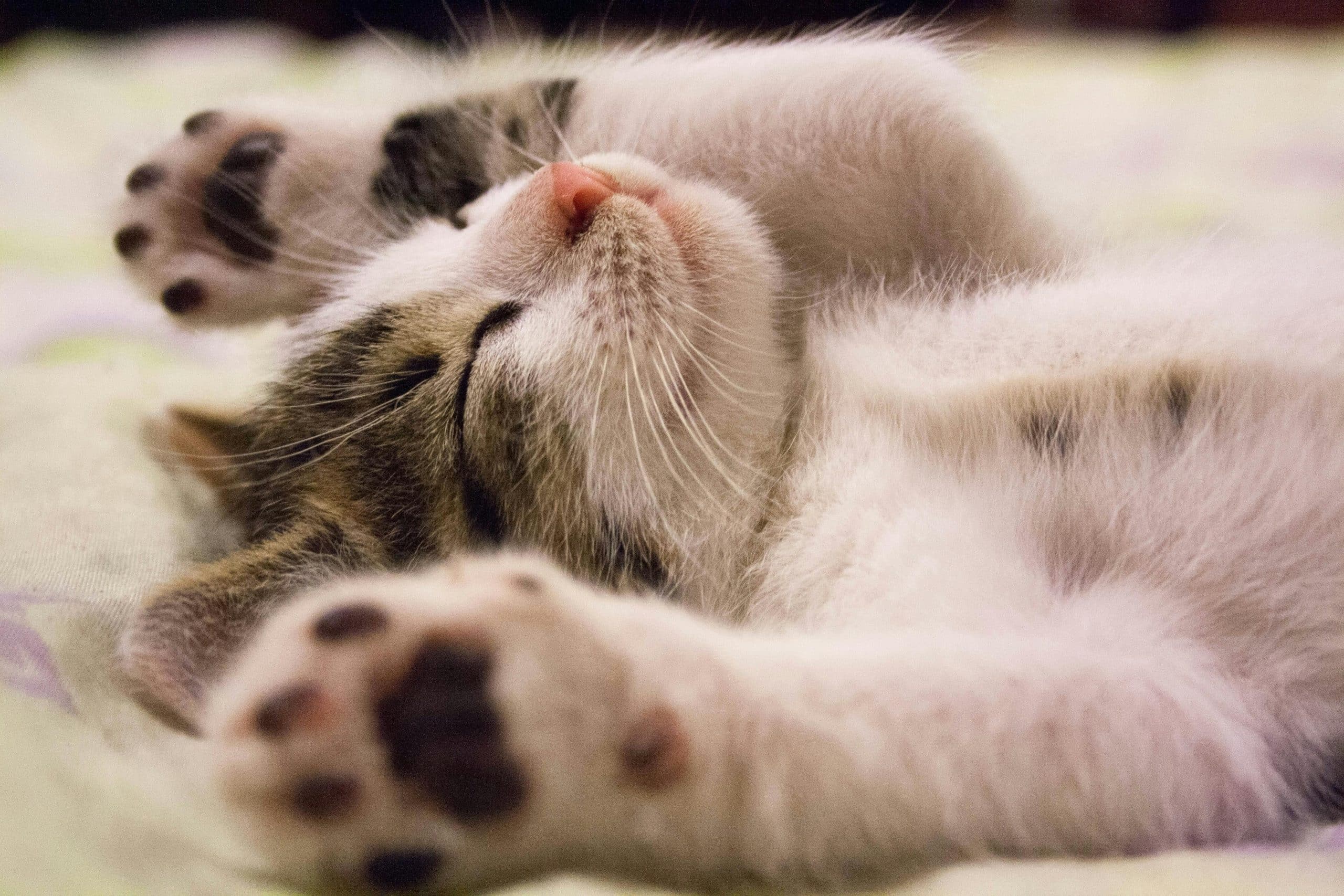What’s the Proper Way to Introduce a New Adult Cat to a Kitten?

Cats are creatures of habit and introducing a new cat into the mix, especially a kitten, can cause quite a bit of stress for your resident feline. The introduction process requires patience, strategy, and a bit of knowledge about the feline behavior. If you’ve been thinking of bringing a new kitten into your home but are unsure of how your adult cat will react, you’re in the right place. This article will guide you through the step-by-step process of making this important introduction.
Understanding Cats’ Scent Recognition
Cats recognize each other and their environment primarily through their sense of smell. That’s why, when introducing a new cat or kitten into your home, the first thing you need to establish is a common scent.
Cela peut vous intéresser : How to Choose the Correct Wheel Size for Your Syrian Hamster?
Start this process by rubbing a soft cloth on the kitten, focusing on its face where the scent glands are located, then do the same with the adult cat. Afterward, swap the cloths between the two cats. This will allow them to become familiar with each other’s scent before they physically meet. This step should be repeated multiple times over a few days before the actual introduction takes place.
Furthermore, it helps to have separate rooms for each cat initially. This separation will give them both time to adjust to the presence of another cat in the house without direct confrontation. While they’re in separate rooms, you can let them sniff under the door to get a sense of the other’s scent.
A lire aussi : What Are the Best Strategies for Minimizing Stress in a Cat during a Long-Distance Move?
The Importance of Time and Patience
Time is a crucial factor when introducing an adult cat to a kitten. Patience, on your part, plays a significant role in this process. Every cat is different. Some may adjust to a new companion in a matter of days, others might take weeks, or even longer.
Both the adult cat and the kitten need time to adjust to the change in their environment. It’s important not to rush this process. Allow them to get used to each other’s scent first.
Once you see signs of acceptance, such as curiosity, less hissing, or lying down by the door separating them, it’s time to move on to visual introductions. This step can be achieved by allowing them to see each other from a distance. A baby gate or a glass door often works well for this purpose.
The Role of Food in Cat Introductions
Food can act as a powerful motivator for cats. In this context, it becomes an effective tool for introducing an adult cat to a kitten. The idea is to create positive associations with the presence of the other cat.
Start by feeding them on opposite sides of a door or a baby gate. This allows them to associate the pleasure of eating with the presence of the other cat. Gradually, over time, you can start feeding them closer together until they can eat side by side with the barrier between them.
Also, you can use treats to reward calm and accepting behavior towards each other. This will help them to further associate good things with the presence of the other cat.
Introducing Shared Spaces and Playtime
Once your cats seem comfortable eating near each other and show no signs of aggression, it’s time to introduce shared spaces. Ensure that you’re present during these first few encounters to prevent any potential altercation.
Start by swapping their rooms for short periods. This allows them to explore each other’s space and scent without the presence of the other cat. This step should be repeated over a few days until both cats seem comfortable.
Next, introduce supervised playtime. Use a toy that can be enjoyed by both, like a laser pointer or a feather wand, to distract them from each other and create a fun, shared experience.
Managing Interactions with Other Pets
If you have other pets, such as a dog, introducing a new kitten can be an entirely different challenge. Dogs and cats have different communication styles, and this can lead to misunderstandings.
If your dog is well-behaved and controlled, a careful introduction can begin once the kitten seems comfortable in the new environment. Keep the dog leashed during the first few encounters and reward calm behavior with treats.
Remember, patience is key. Do not leave the kitten and dog unsupervised until you’re certain they’re comfortable with each other.
Overall, the introduction of a new kitten to an older, resident cat, requires careful planning and plenty of patience. Respecting the adult cat’s territory, gradually getting them used to each other’s scent, and associating positive experiences with the presence of the other cat can help ensure a smoother transition and a harmonious relationship in the long run.
Ensuring the Comfort of Both Cats with a Safe Space
In the cat world, territory is key. It’s important that both the resident cat and the new kitten feel safe and secure in their surroundings during the introduction process. One way to facilitate this is by providing each cat with their own space.
The adult cat should ideally have access to the main areas of the house, as they were there first. This means they should still be able to roam freely and use their usual sleeping spots, feeding areas, and litter box without disruption.
The kitten, meanwhile, should be given a separate room to start with. This space should be equipped with all the essentials such as food, water, a litter box, and a comfortable sleeping area.
Here’s an important point: The litter box situation can often cause tension between cats, especially older ones. It’s a good idea to provide multiple litter boxes around the house during the introduction process, and even beyond. This can prevent territorial disputes and help both cats feel more at ease.
Over time, you can introduce the kitten to the rest of the house, gradually expanding their territory. Monitor how both cats react during this process. Any signs of aggression or excessive fear should be addressed immediately, either by returning to an earlier step in the process or consulting with a vet or animal behaviorist.
Gradual Full Introduction and Maintaining Harmony
Once your older cat and the kitten are comfortable with each other’s scents, have had successful visual interactions, and have shared meal times, you can gradually allow them to interact without a barrier.
This should be done in a controlled manner with close supervision. Allow the cats to explore each other but be ready to intervene if the interaction becomes too aggressive. It’s not unusual for there to be a little hissing or swatting as they establish their hierarchy, but any signs of extreme fear or aggression should be taken seriously.
In the early days of introducing cats, keep their interactions short and increase the length over time as they become more comfortable with each other. Consistently reward good behavior with treats and praise, reinforcing the positive association they have with each other.
Always make sure there are plenty of resources available to prevent competition. This includes multiple food and water bowls, several litter boxes, and various toys and scratching posts. If the resident cat or the new kitten feels that they have to fight for resources, it could lead to tension and fights.
Conclusion
Introducing a new kitten to an existing cat household is not a process to be rushed. It’s crucial to be patient, observant, and understanding of the needs and feelings of both the resident cat and the new kitten. Remember, every cat is different and will react to new situations in their own way.
Although the process might be challenging at times, the reward of seeing your adult cats coexist peacefully is well worth the effort. And who knows? Your resident cat and the new kitten might even become the best of friends. By following the steps laid out in this guide, you’re setting the stage for a harmonious cat household. A little patience, time, and love can go a long way in creating a happy cat family.
